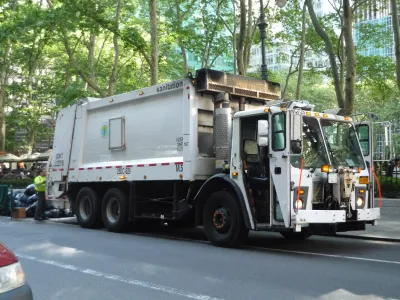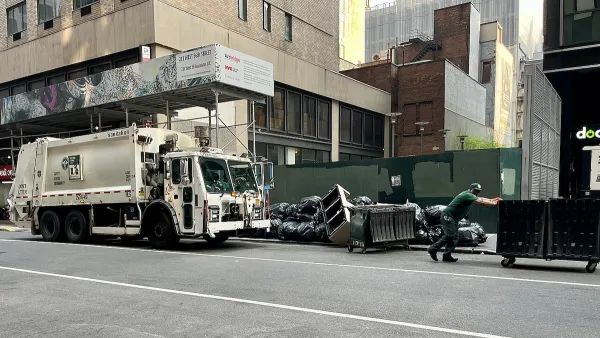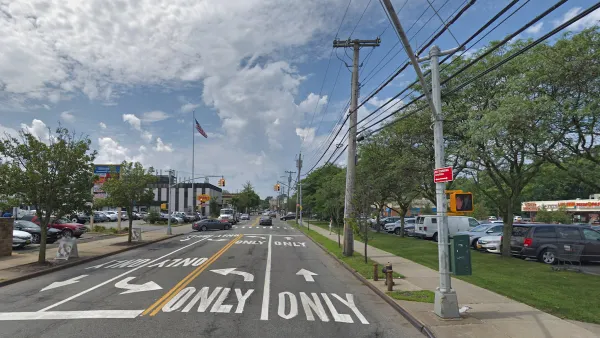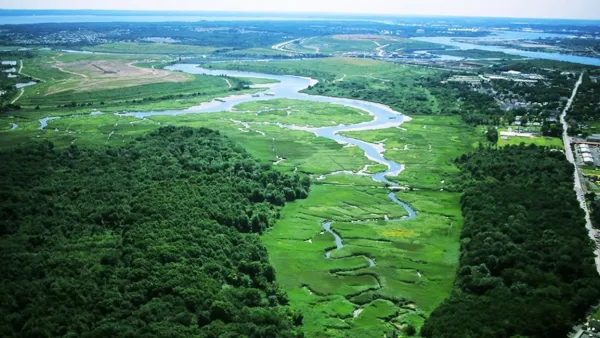The city had ambitious goals to reduce waste, but millions of tons of garbage are still sent to communities around the country each year.

As part of a series on New York City’s management of refuse, Sally Goldenberg and Danielle Muoio explore the city’s failed efforts to develop effective recycling and waste reduction programs.
In 2015, Mayor Bill de Blasio outlined a plan to drastically cut down the city’s waste. "The goal was to slash the 3.6 million tons of garbage the city shipped out in 2005 by 90 percent, so that by 2030 the five boroughs would export only a collective 360,000 tons of waste," say Goldenberg and Muoio.
But New York City continues to send huge amounts of waste to landfills and incinerators in communities across the country. In the past fiscal year, the city exported 3.25 million tons of residential waste, and recycling rates are low across the board.
The city depends on these facilities, especially after the closing of Fresh Kills, the Staten Island garbage dump. But residents in communities receiving New York City’s waste say they are suffering the public health and environmental consequences.
"Nearly two decades since Fresh Kills closed, there’s little indication the city is going to end its reliance on out-of-state landfills anytime soon. One former Bloomberg official warned that strategy is unsustainable," note Goldenberg and Muoio.
FULL STORY: Wasted Potential: The consequences of New York City's recycling failure

National Parks Layoffs Will Cause Communities to Lose Billions
Thousands of essential park workers were laid off this week, just before the busy spring break season.

Retro-silient?: America’s First “Eco-burb,” The Woodlands Turns 50
A master-planned community north of Houston offers lessons on green infrastructure and resilient design, but falls short of its founder’s lofty affordability and walkability goals.

Delivering for America Plan Will Downgrade Mail Service in at Least 49.5 Percent of Zip Codes
Republican and Democrat lawmakers criticize the plan for its disproportionate negative impact on rural communities.

Test News Post 1
This is a summary

Test News Headline 46
Test for the image on the front page.

Balancing Bombs and Butterflies: How the National Guard Protects a Rare Species
The National Guard at Fort Indiantown Gap uses GIS technology and land management strategies to balance military training with conservation efforts, ensuring the survival of the rare eastern regal fritillary butterfly.
Urban Design for Planners 1: Software Tools
This six-course series explores essential urban design concepts using open source software and equips planners with the tools they need to participate fully in the urban design process.
Planning for Universal Design
Learn the tools for implementing Universal Design in planning regulations.
EMC Planning Group, Inc.
Planetizen
Planetizen
Mpact (formerly Rail~Volution)
Great Falls Development Authority, Inc.
HUDs Office of Policy Development and Research
NYU Wagner Graduate School of Public Service





























